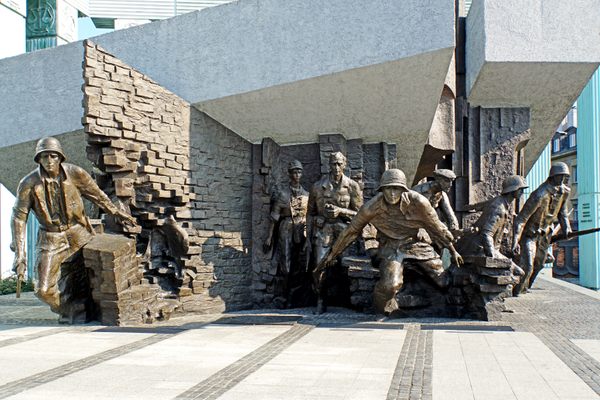Nazino Island
Social outcasts and cannibalism in Stalin's Soviet Union.
Of the 6,200 people who arrived on Nazino Island in 1933, only 2,200 survived, and only 200 left not completely frail. Everyone who lived through their time on the remote Siberian island was burdened with the memories of disease, cannibalism, and death in the frozen Taiga.
According to documents released after the Cold War, the plan, as proposed to Stalin, was to send two million people into Siberia to create “special settlements”. Of course, the only people sent to the icy recesses would be those deemed undesirable: criminals, the unemployed, and people without proper Soviet paperwork.
When it came time to put the plan into action, Soviet authorities rounded up 25,000 people and shipped them to Tomsk in Siberia. 6,200 were then chosen to keep moving on a river barge to Nazino Island, around 500 miles North of Tomsk. The “settlers” were sent there without tools, shelter, clothes, or food. The only provision given to them for their new life on the remote Siberian island was flour - but they were given no utensils with which to cook.
By the time they reached the island, 27 people had already died. Nearly 300 people did not survive the first snowy night. When the survivors awoke, realized the horror of their situation and the reality of starvation many people ate flour mixed with dirty river water. Essentially poisoning themselves, those who drank the water quickly came down with dysentery.
Others tried to escape on small rafts but were often washed ashore dead or never heard from again. Within a few days, bodies littered the barren island and the remaining residents became desperate.
The first reports of cannibalism came from the island just three days after the deportees landed, yet Soviet authorities continued to drop more people off on the island even knowing the level of disease and starvation.
The settlement lasted just one month before the Soviets pulled the plug on the operation and removed any deportees that were strong enough to walk. Two-thirds of those sent to Nazino died, and the reports from survivors are among the most gruesome and horrific of anything that happened during the entire tenure of the Soviet Union.
















Follow us on Twitter to get the latest on the world's hidden wonders.
Like us on Facebook to get the latest on the world's hidden wonders.
Follow us on Twitter Like us on Facebook